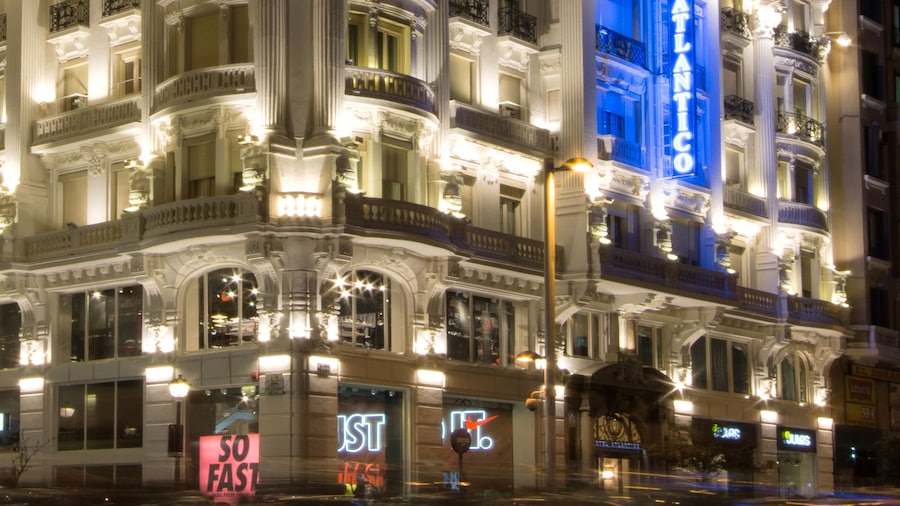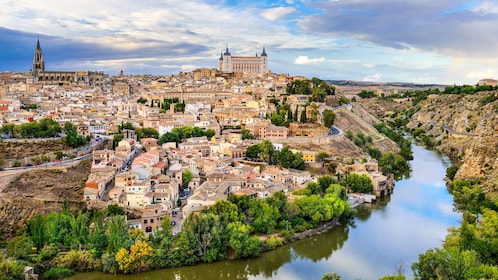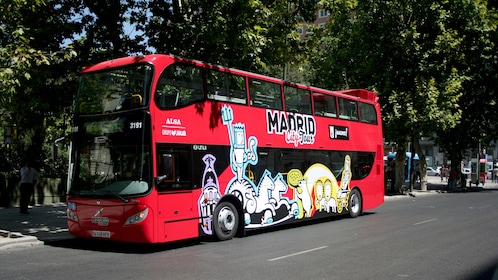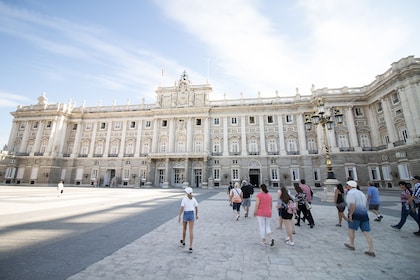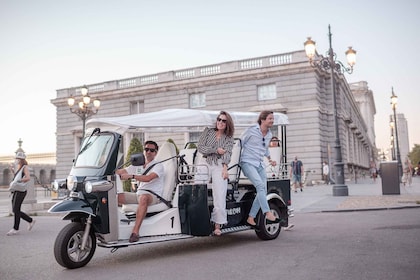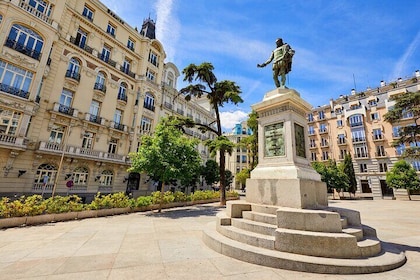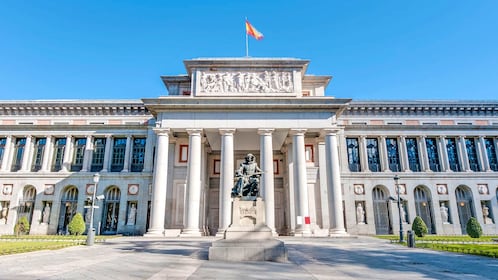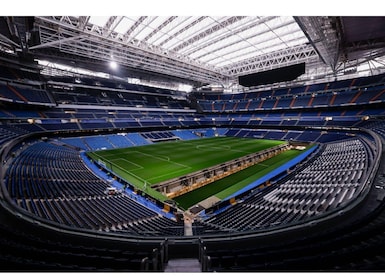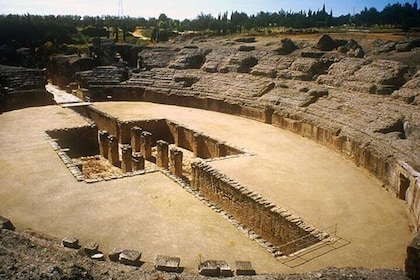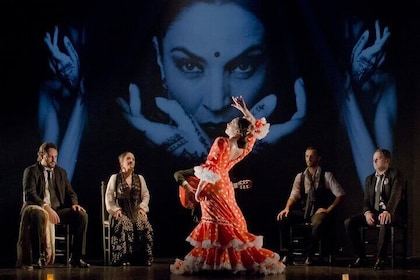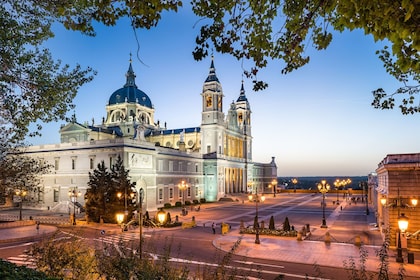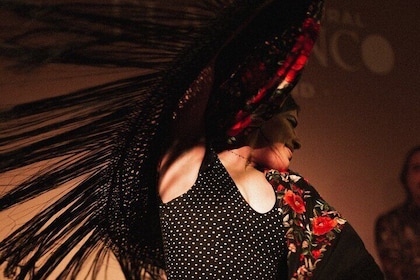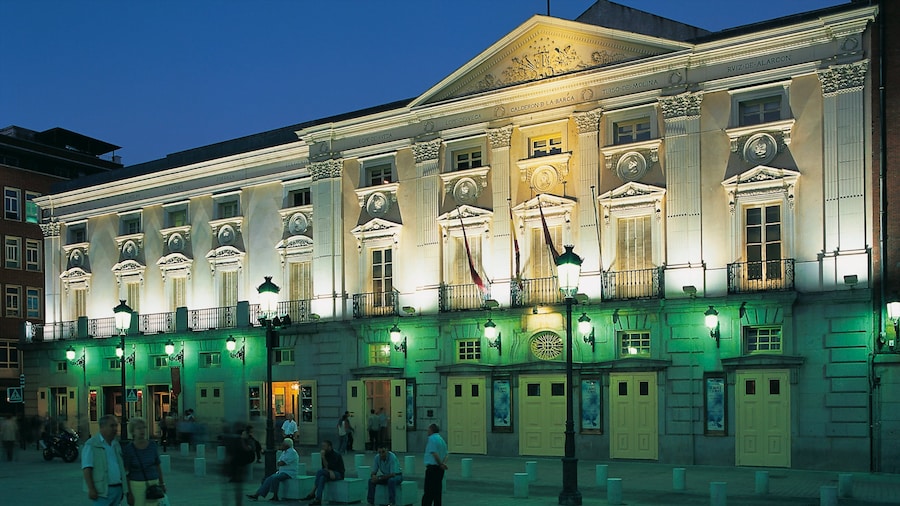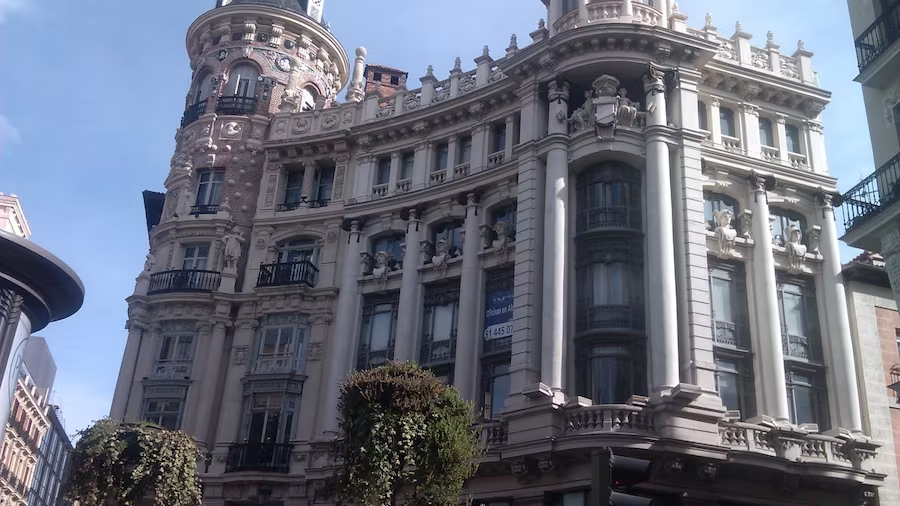Learn about one of the oldest performance spaces in Europe through a guided tour and then watch a show in one of its beautiful auditoriums.
The site on which the sprawling Teatro Español stands today was used as a performance space even in medieval times. Take the chance to explore this historic building, either by yourself or with the help of an expert guide. Afterward, enjoy one of the varied shows that fill the theater’s ever-changing program of events.
Since the 16th century, this spot has been used for theater. What began as an open-air performance space for tiny productions slowly evolved into a multi-floor theater. It was expanded, demolished and rebuilt over the following two centuries. In 1802, the building was ruined by fire and had to be reconstructed. Look carefully and notice the similarities in style between the Teatro Español as it is today and the iconic Museo del Prado, which stands around 10 minutes’ walk away. Both were designed by famed architect Juan de Villanueva.
The theater has continued to grow since it was rebuilt, annexing neighboring buildings in order to meet the demand for plays. The main part of the façade is still the handiwork of de Villanueva however, and it remains one of Madrid’s most notable landmarks to this day. Remember to bring a camera to capture the ornate detailing and grand scale of the building’s exterior.
Get expert insight into the history of the building with a guided tour. Times vary, so do check ahead. Follow your guide around the most striking features of the building, including the opulent “living room” auditorium and the marble-columned “tea room” space.
See several different shows here and you could have several totally different viewing experiences. The “living room” is the classically decadent auditorium you might expect to find in such a historic building, but several cozier spaces allow you to get up close to performers during small-scale shows.
Buy your tickets for any show at the Teatro Español well ahead of time. To reach the theater take the subway to nearby Sol, Sevilla or Antón Martín stations. Enjoy your show in the knowledge that you are being exposed not only to a piece of Madrid culture, but a piece of Madrid history too.


